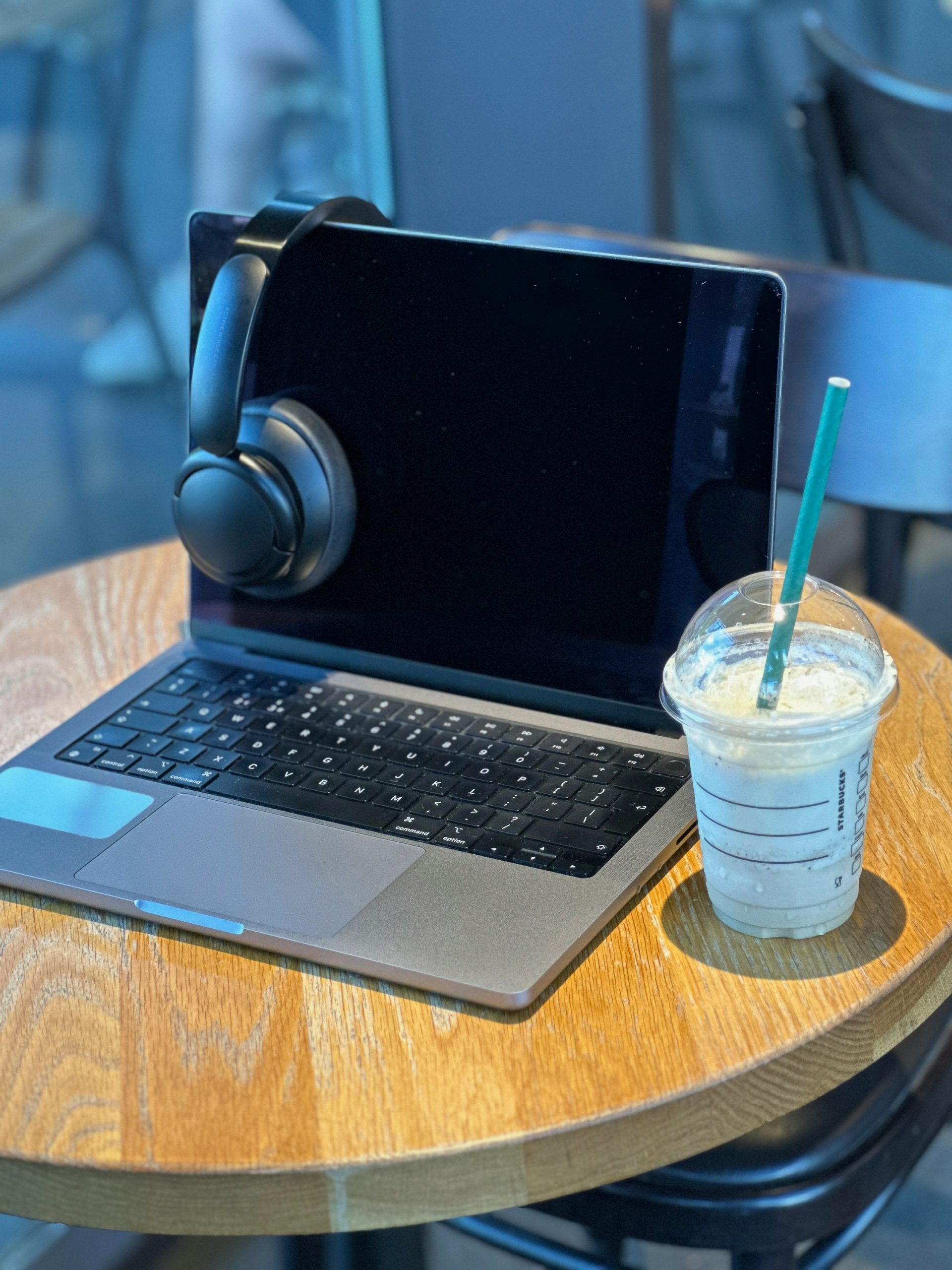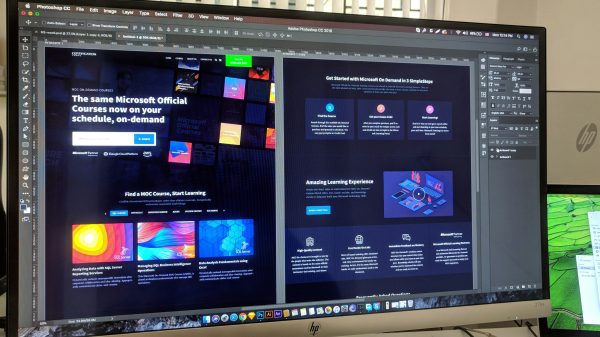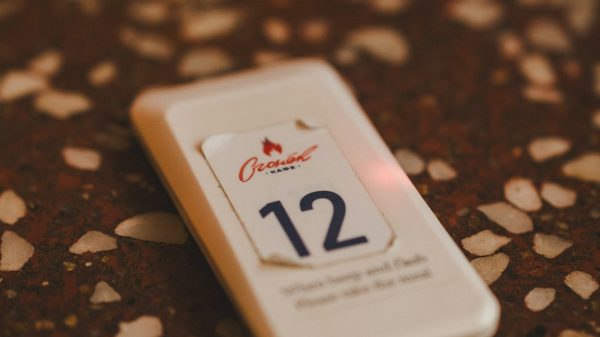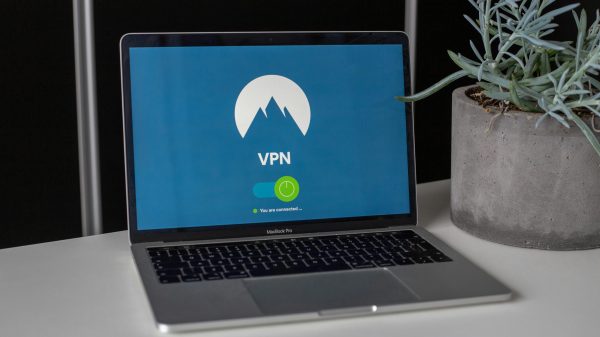Qmmp, a powerful and highly customizable music player for Linux, offers a Winamp-style experience with advanced features and support for various plugins. One way to enhance the audio playback experience in Qmmp is by adding LADSPA (Linux Audio Developer’s Simple Plugin API) plugins, which are widely used for audio processing in Linux environments. LADSPA plugins can bring in effects such as equalization, reverb, and compression, adding more depth and customization to your music. In this guide, we’ll walk through the process of setting up LADSPA plugins in Qmmp.

Step 1: Installing LADSPA Plugins
Before integrating LADSPA plugins into Qmmp, you’ll need to install the plugins themselves. Linux distributions often have a variety of LADSPA plugin packages in their repositories, so it’s straightforward to get started.
1. Open a Terminal: Use your system’s terminal to install LADSPA plugins.
2. Install a LADSPA Plugin Package: A popular package that includes a variety of LADSPA plugins is `cmt`. You can install it with the following command:
“`bash
sudo apt-get install ladspa-sdk cmt
“`
This command will install the core LADSPA plugin framework along with some common plugins, including compressors, equalizers, and other audio effects.
3. Explore Other Plugin Packages: For more options, you can search for additional LADSPA plugin packages, such as `swh-plugins` or `caps`, by running:
“`bash
sudo apt-get install swh-plugins caps
“`
These plugins provide a broad selection of effects that can enhance the audio playback in Qmmp.
Step 2: Enabling LADSPA Support in Qmmp
Qmmp has built-in support for LADSPA plugins, but it may need to be enabled manually.
1. Open Qmmp and Go to Settings: Launch Qmmp and navigate to `Preferences` by clicking on the main menu or right-clicking the player window.
2. Select the Plugins Tab: In the Preferences window, find and select the `Plugins` tab. This is where you’ll see all available plugins for Qmmp.
3. Activate LADSPA Plugin Support: Look for the `LADSPA Host` plugin in the list. If you don’t see it, check if there’s an option to install it through your package manager, or reinstall Qmmp with plugin support. Once located, click the checkbox next to the LADSPA Host plugin to enable it.
Step 3: Configuring and Adding LADSPA Plugins
With LADSPA plugin support enabled, you can now start adding specific plugins to enhance your audio.
1. Access the Equalizer/Effects Section in Qmmp: Navigate to Qmmp’s `Output` section where you’ll find the LADSPA Host options.
2. Choose Your Desired Plugin: In the LADSPA Host settings, click `Add` to view a list of available LADSPA plugins on your system. Choose one that fits your needs—for instance, if you’re looking to add a reverb effect, select a reverb plugin.
3. Adjust Plugin Parameters: Once added, each plugin comes with parameters that you can tweak to get the sound just right. Spend some time experimenting with different settings to find what works best with your music preferences.
Step 4: Save Your Settings
After configuring the plugins to your satisfaction, remember to save your settings in Qmmp. This will ensure that the plugins load automatically the next time you open the player.
Tips for Optimizing Your Experience
– Experiment with Different Plugins: LADSPA plugins are powerful but can take some trial and error to find the ones that best suit your taste.
– Check Plugin Documentation: Many LADSPA plugins come with documentation, which can be useful for understanding what each parameter does.
– Monitor Performance: If you experience lag or crashes, try reducing the number of active plugins or lowering their complexity.
By adding LADSPA plugins to Qmmp, you can take your audio experience to a new level, customizing it to match your personal preferences. Enjoy experimenting and discovering the endless possibilities of sound enhancement!


































